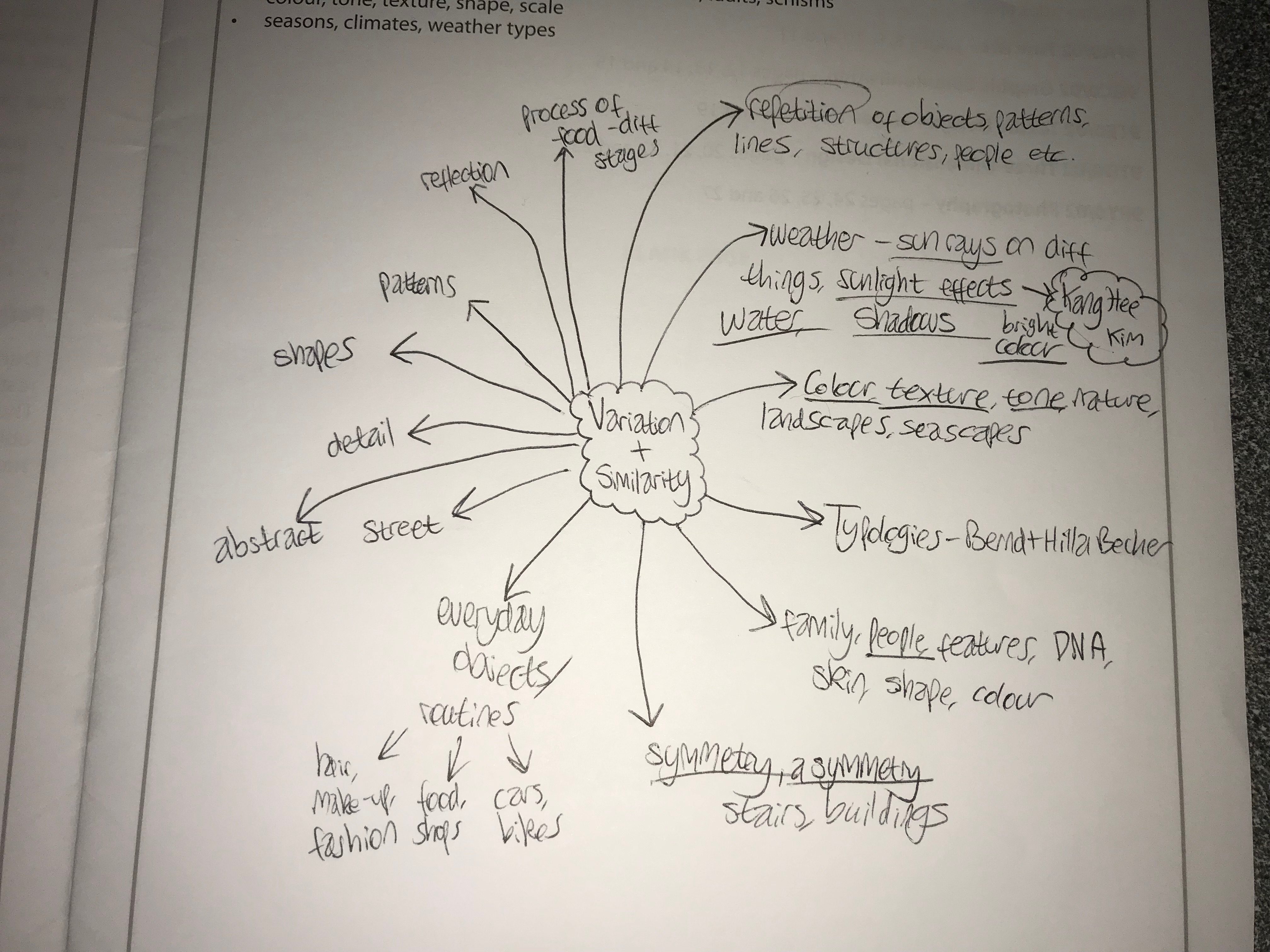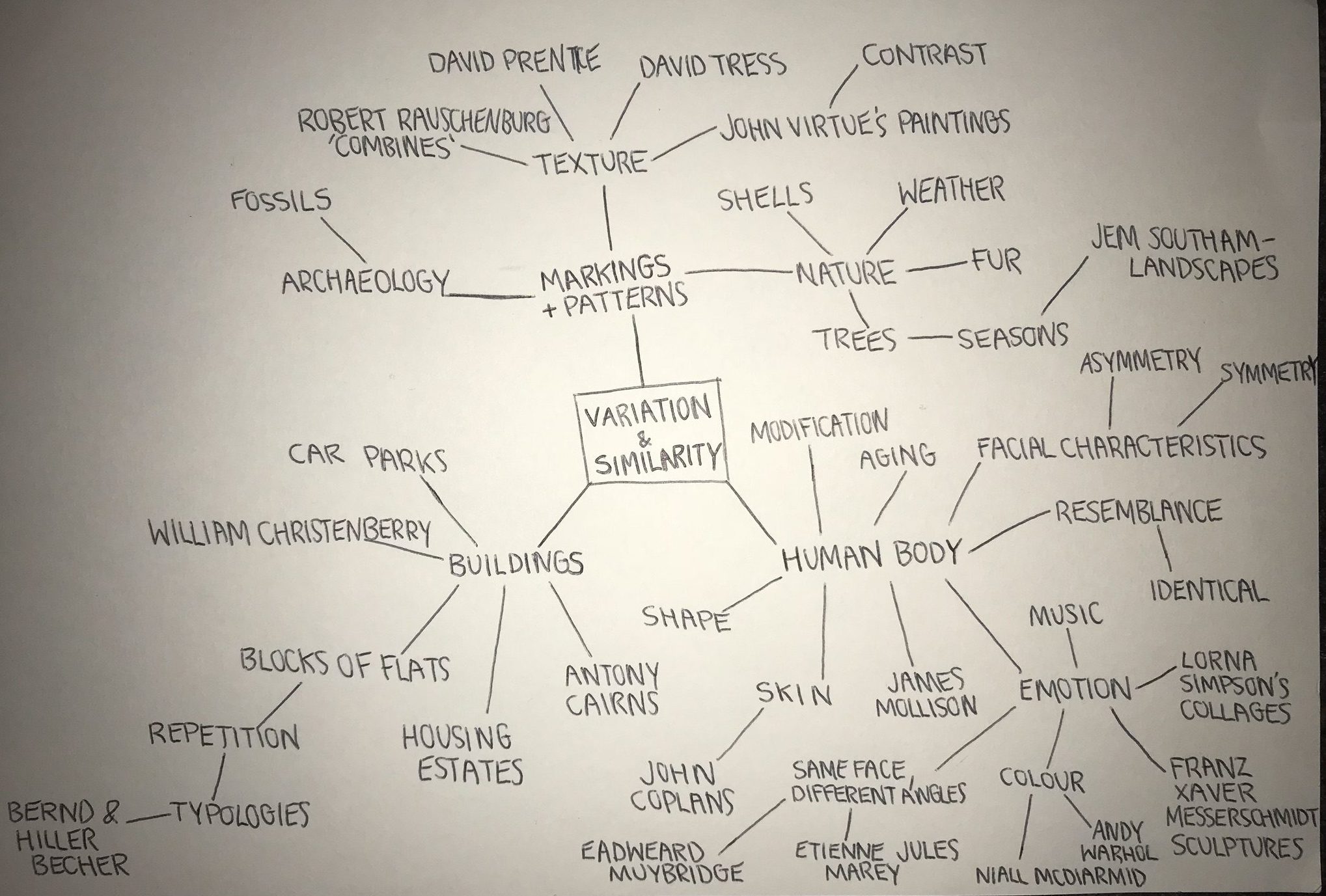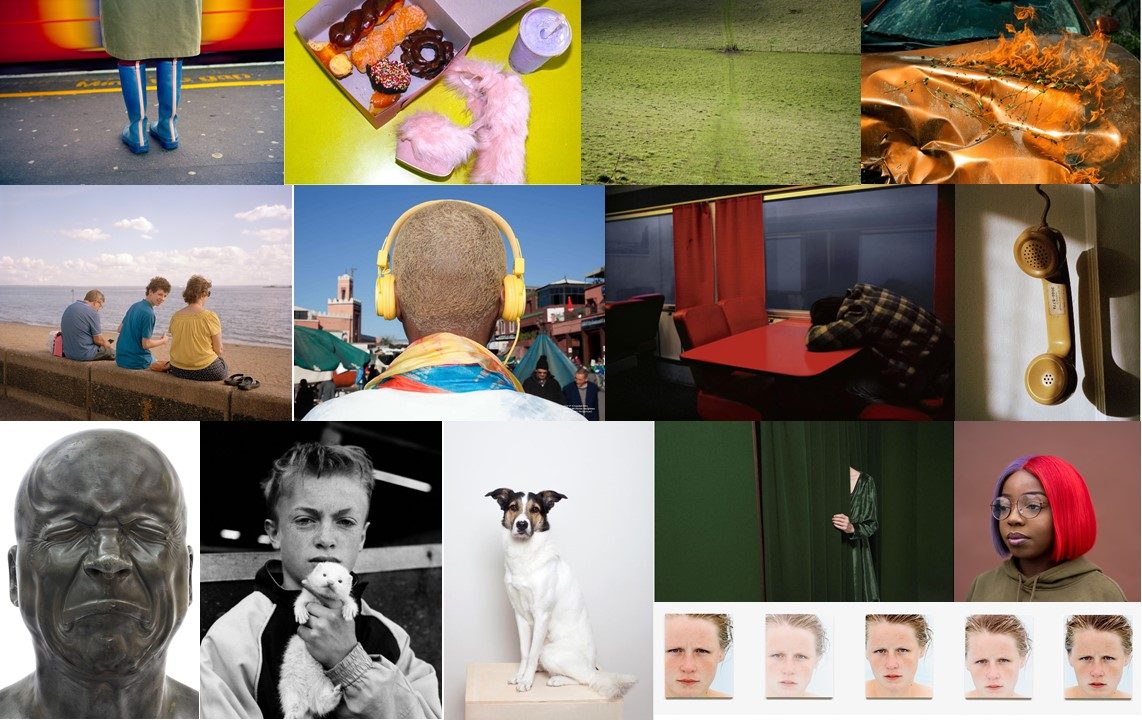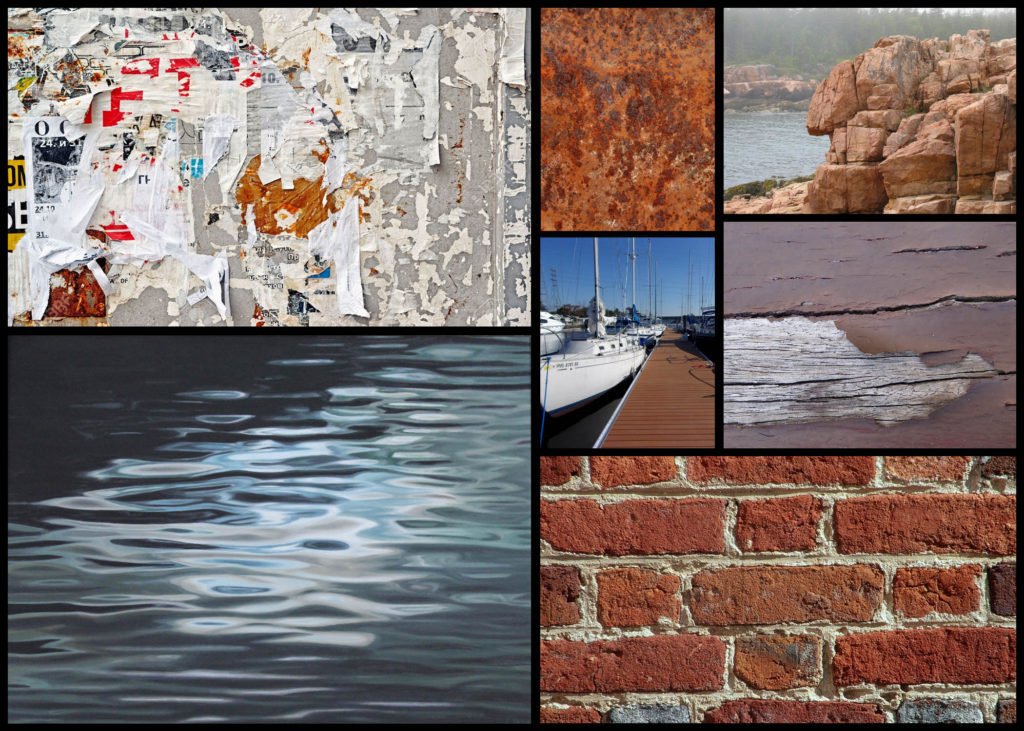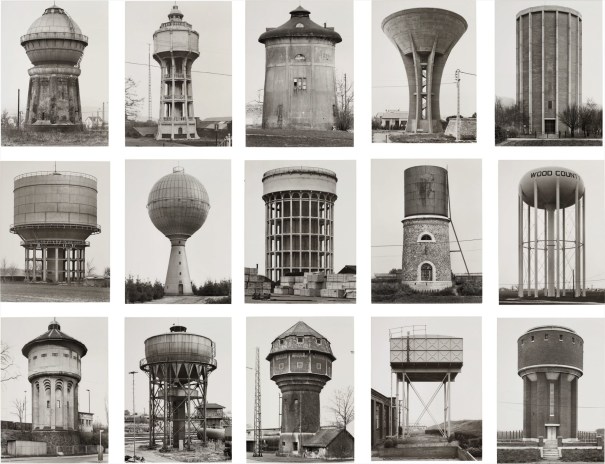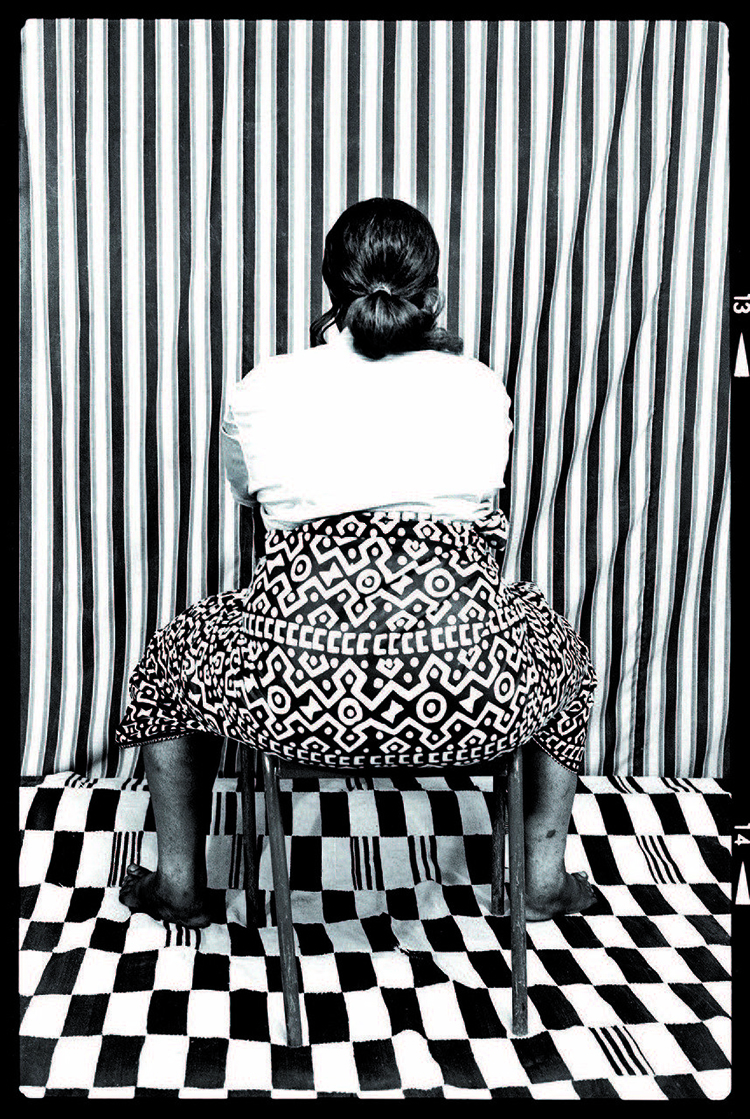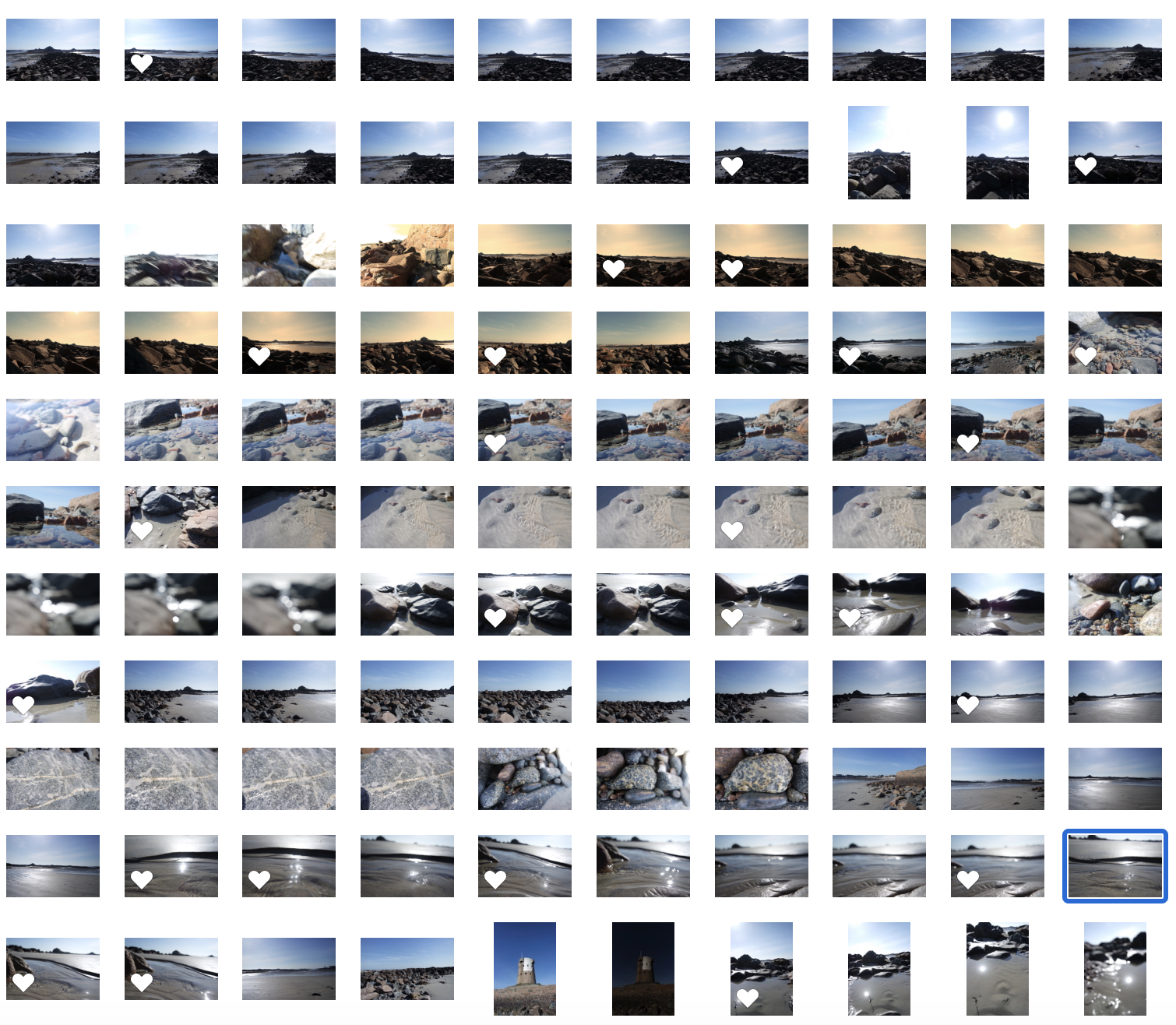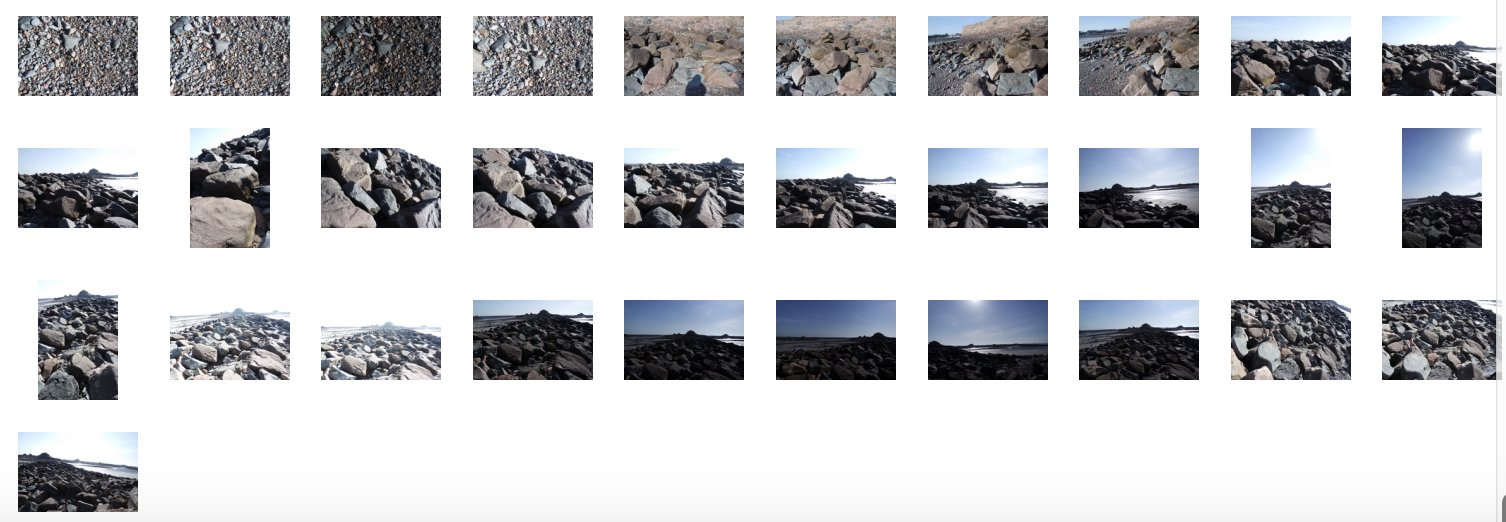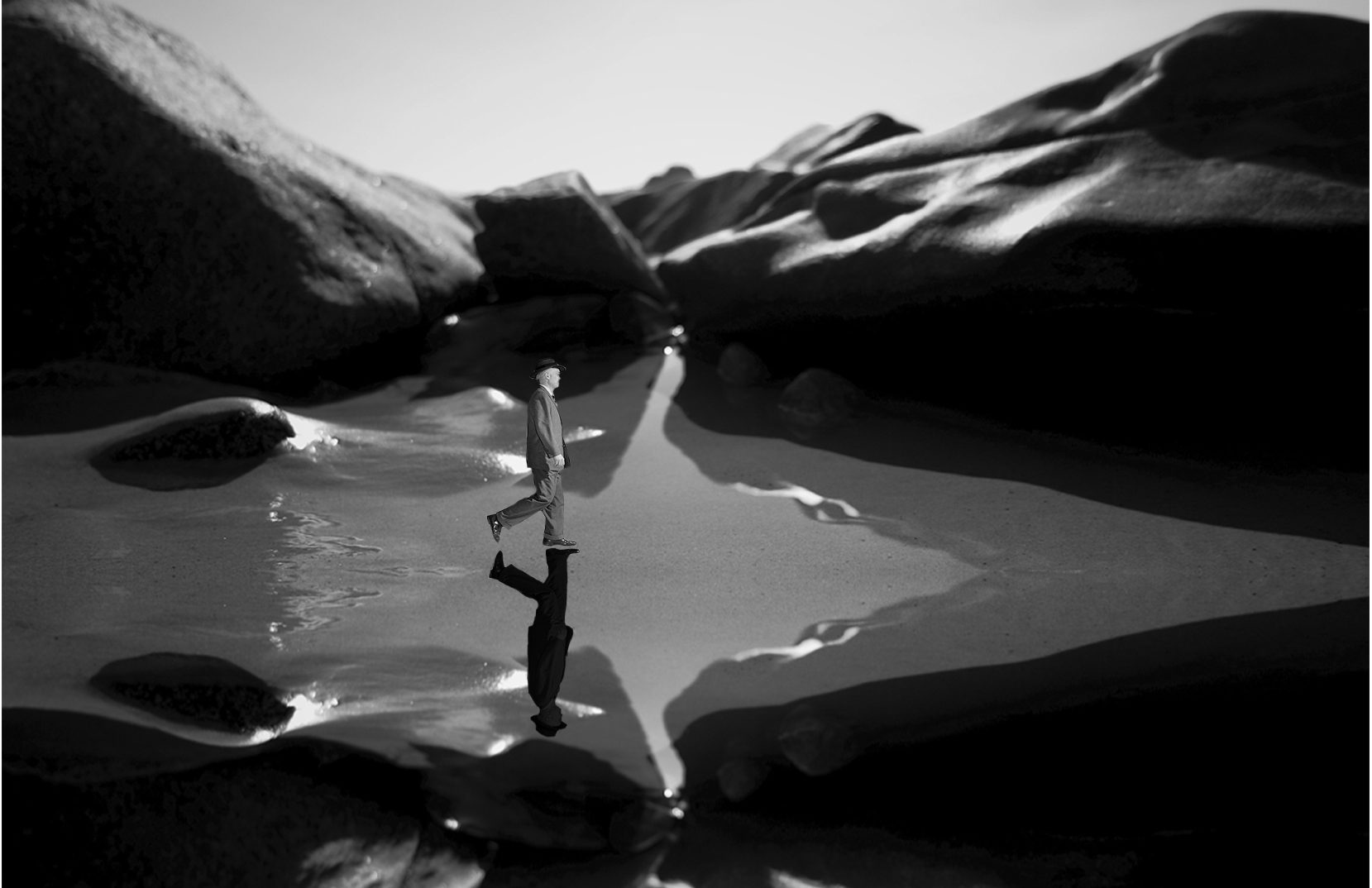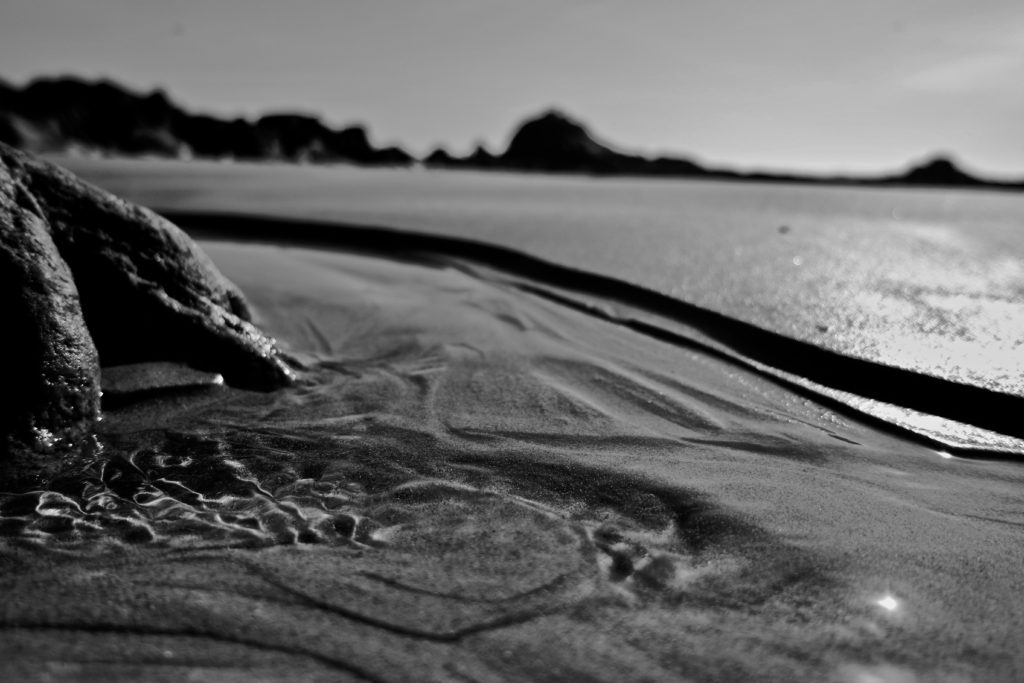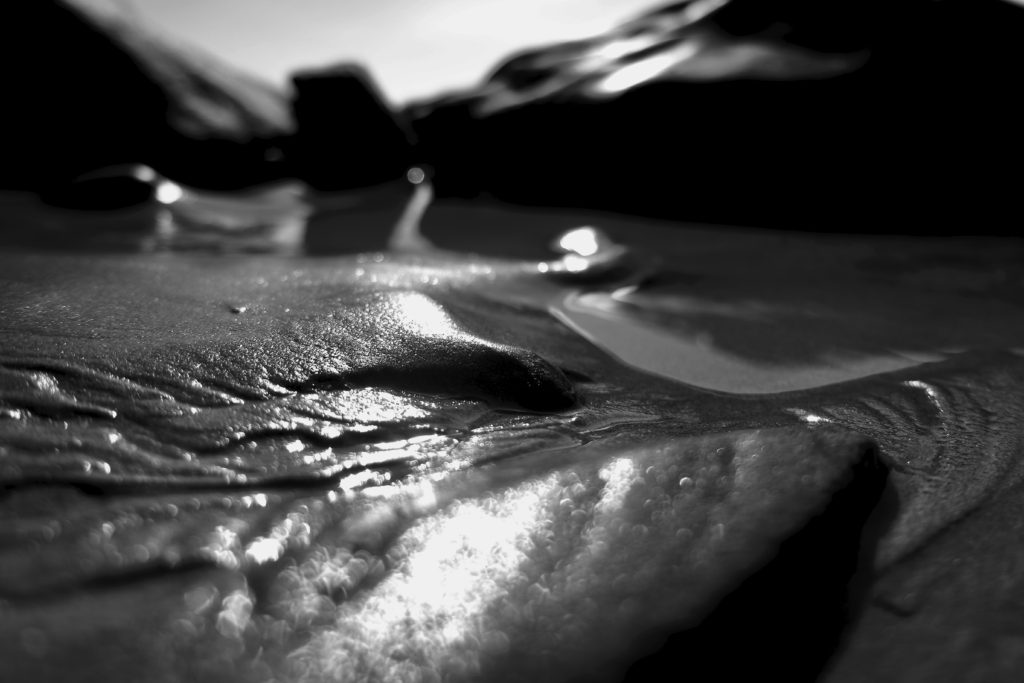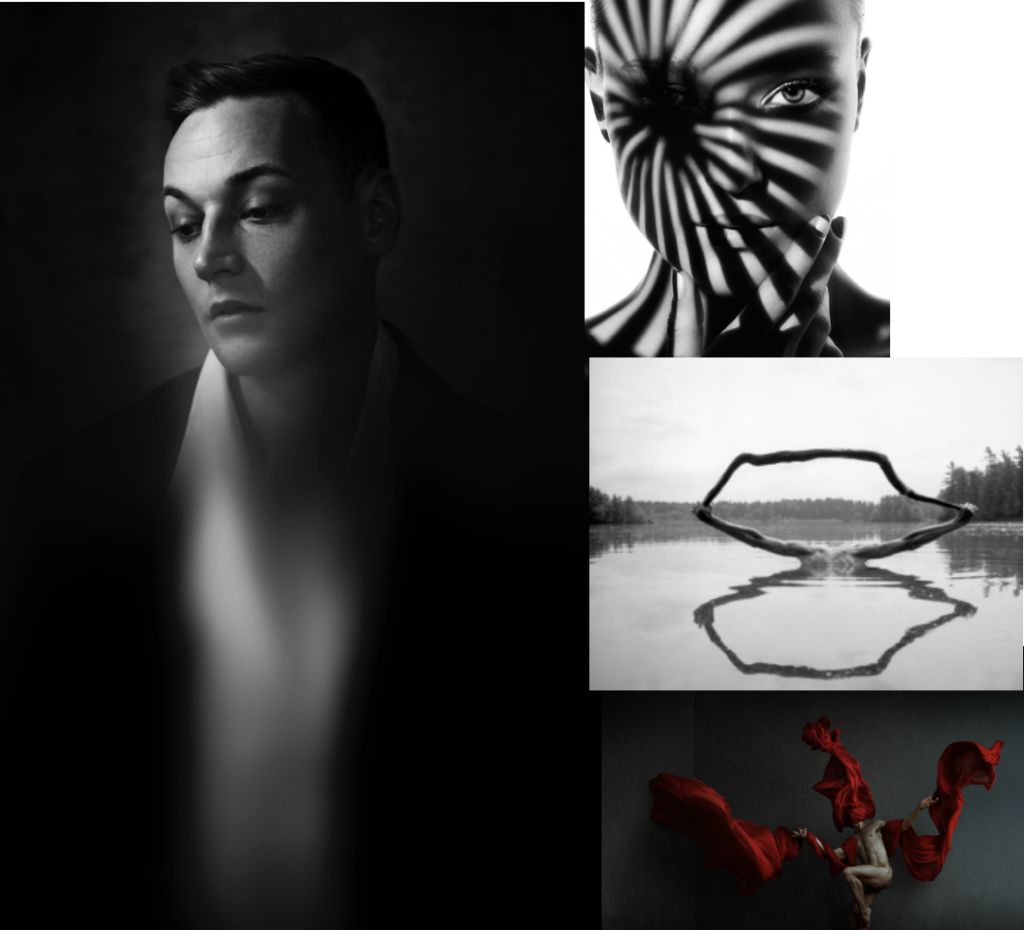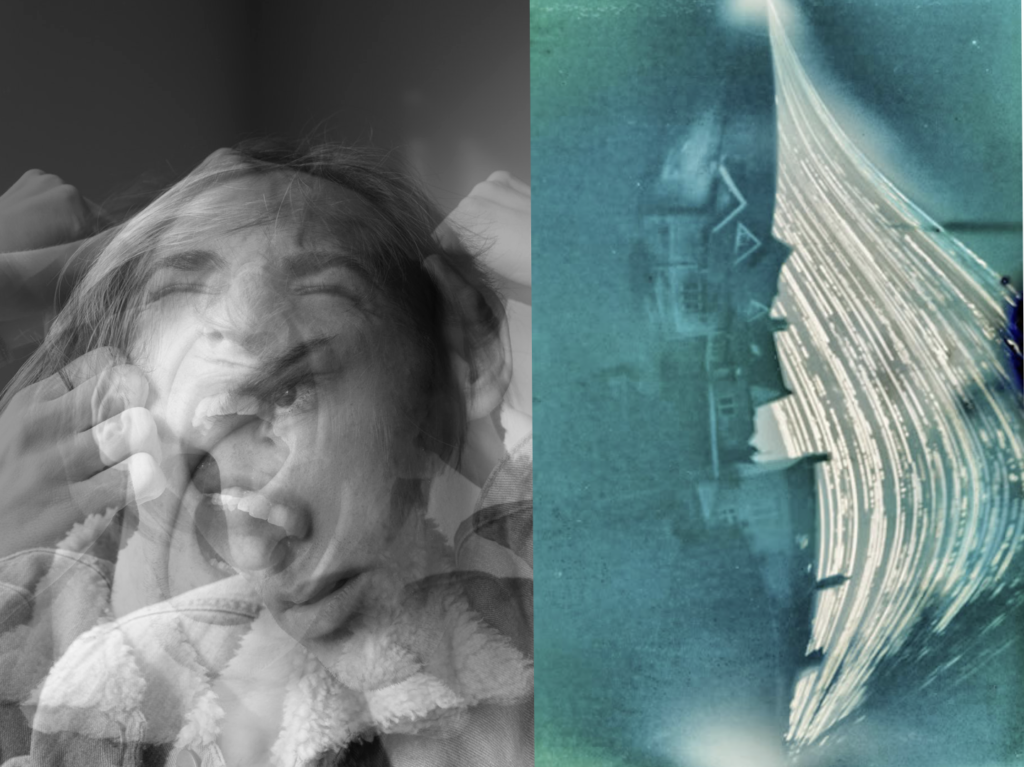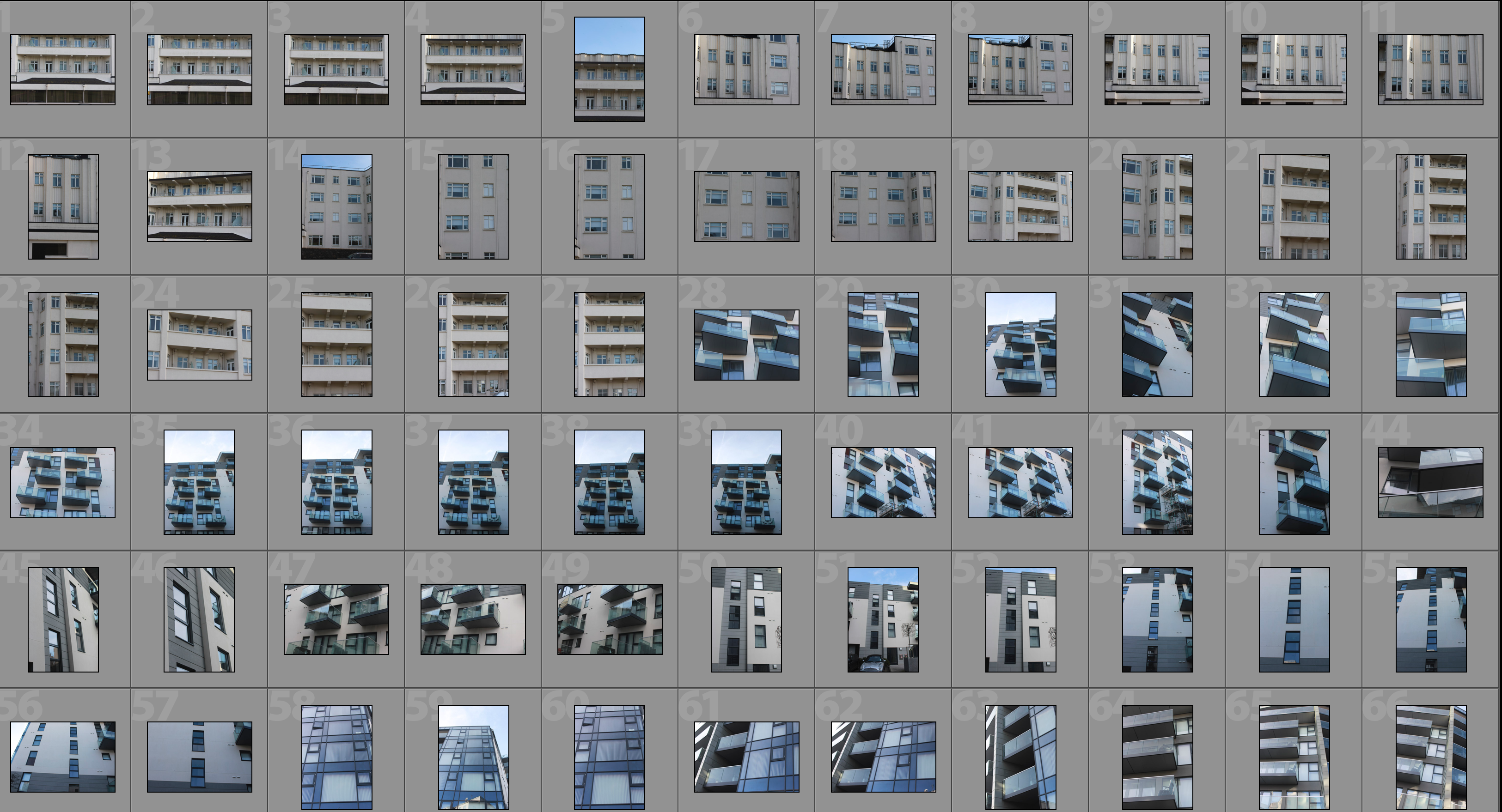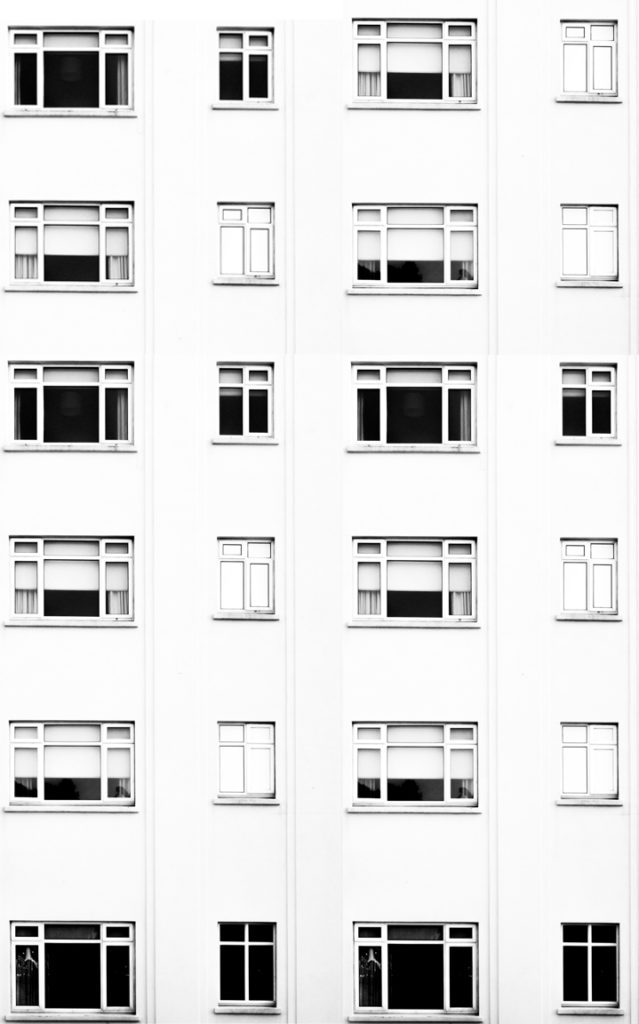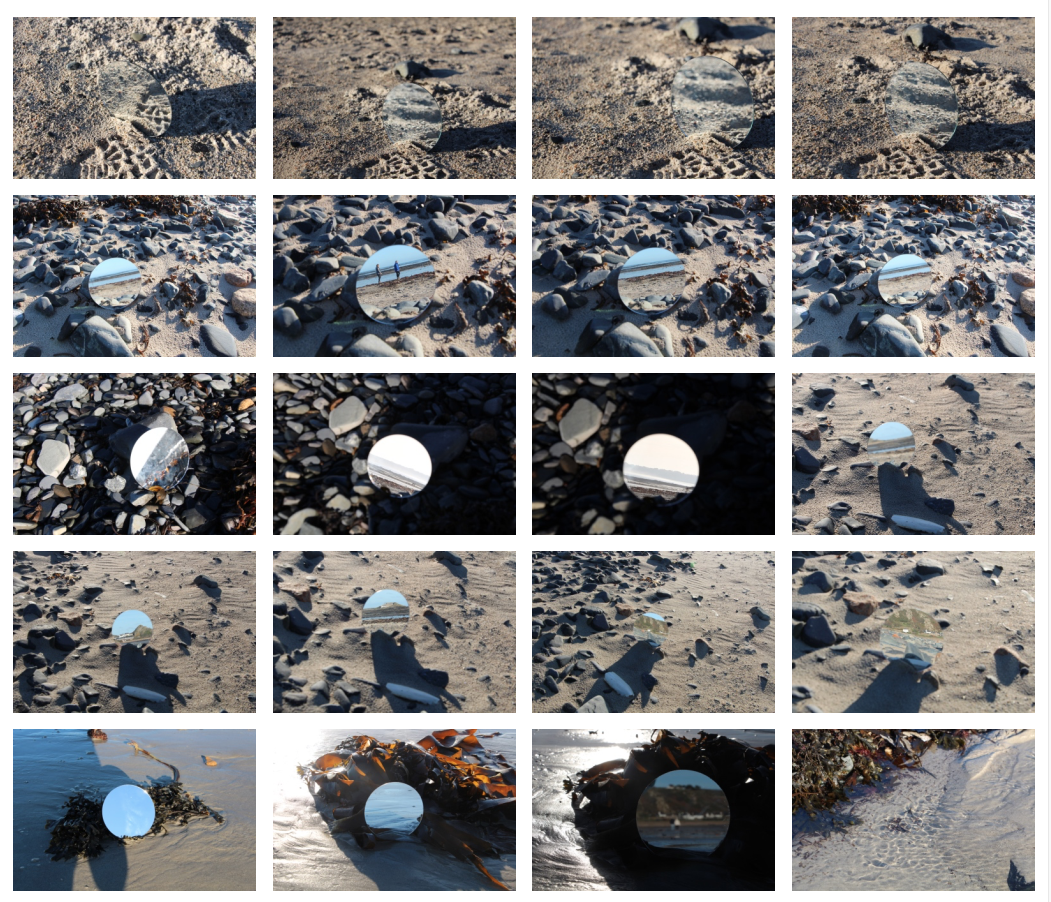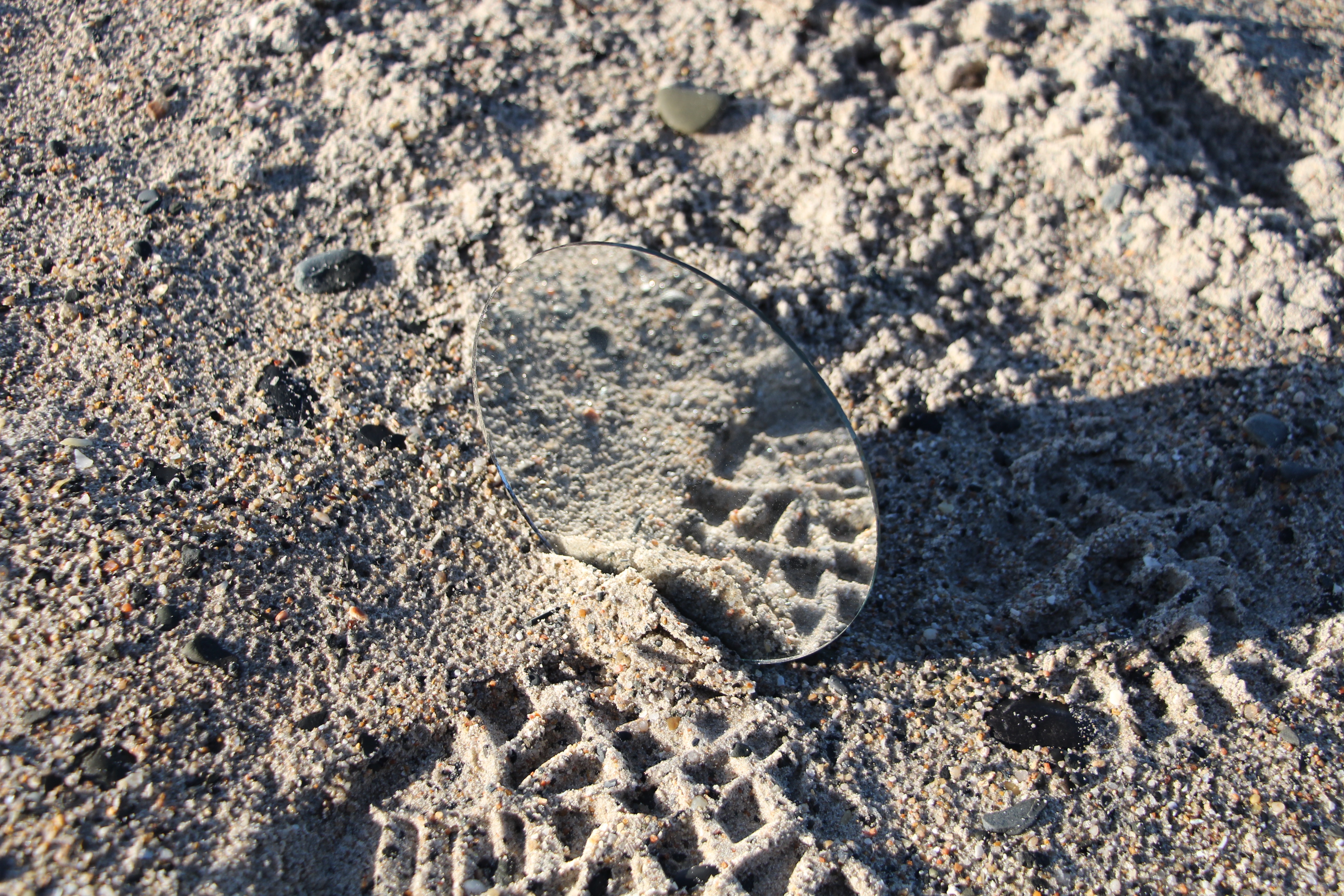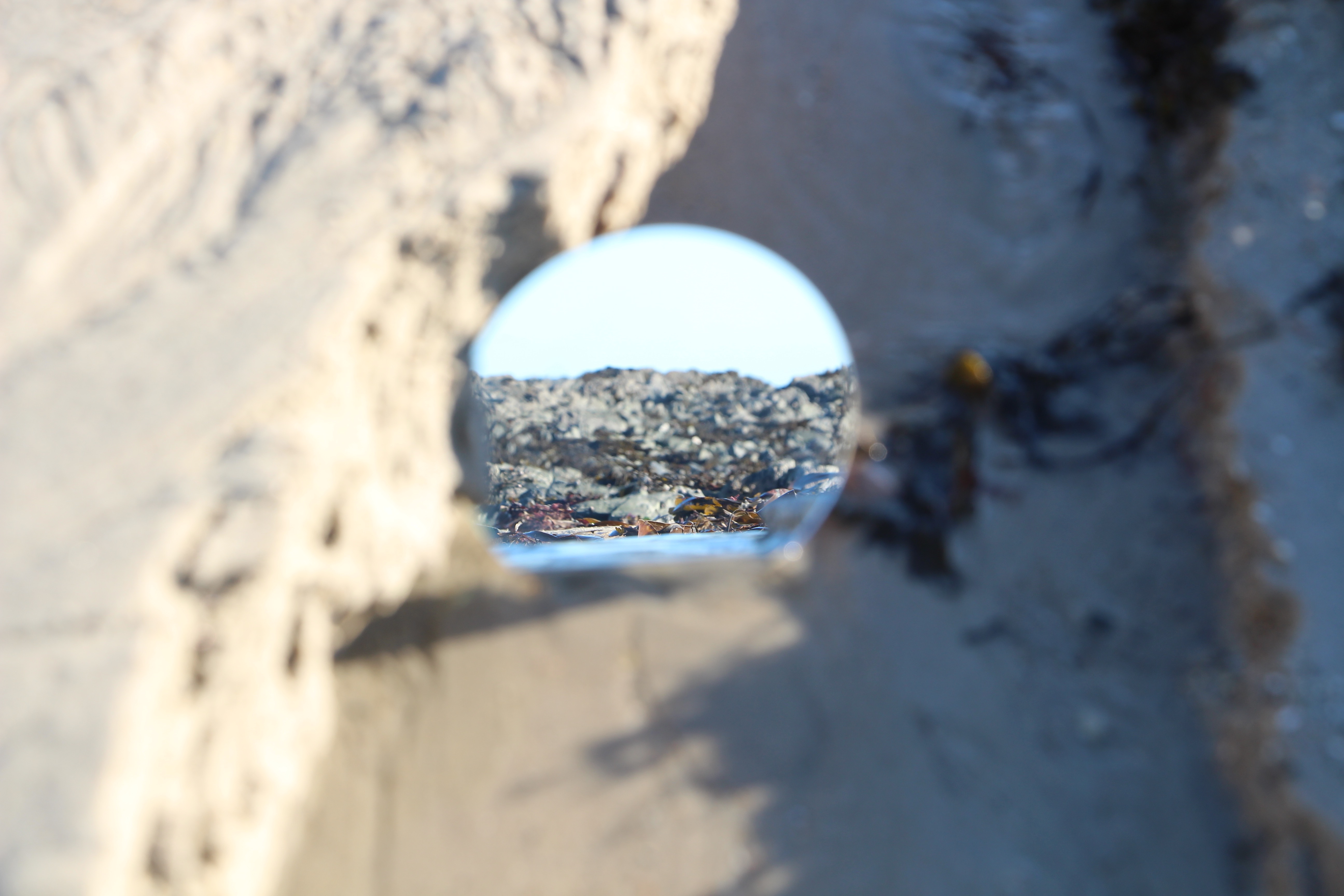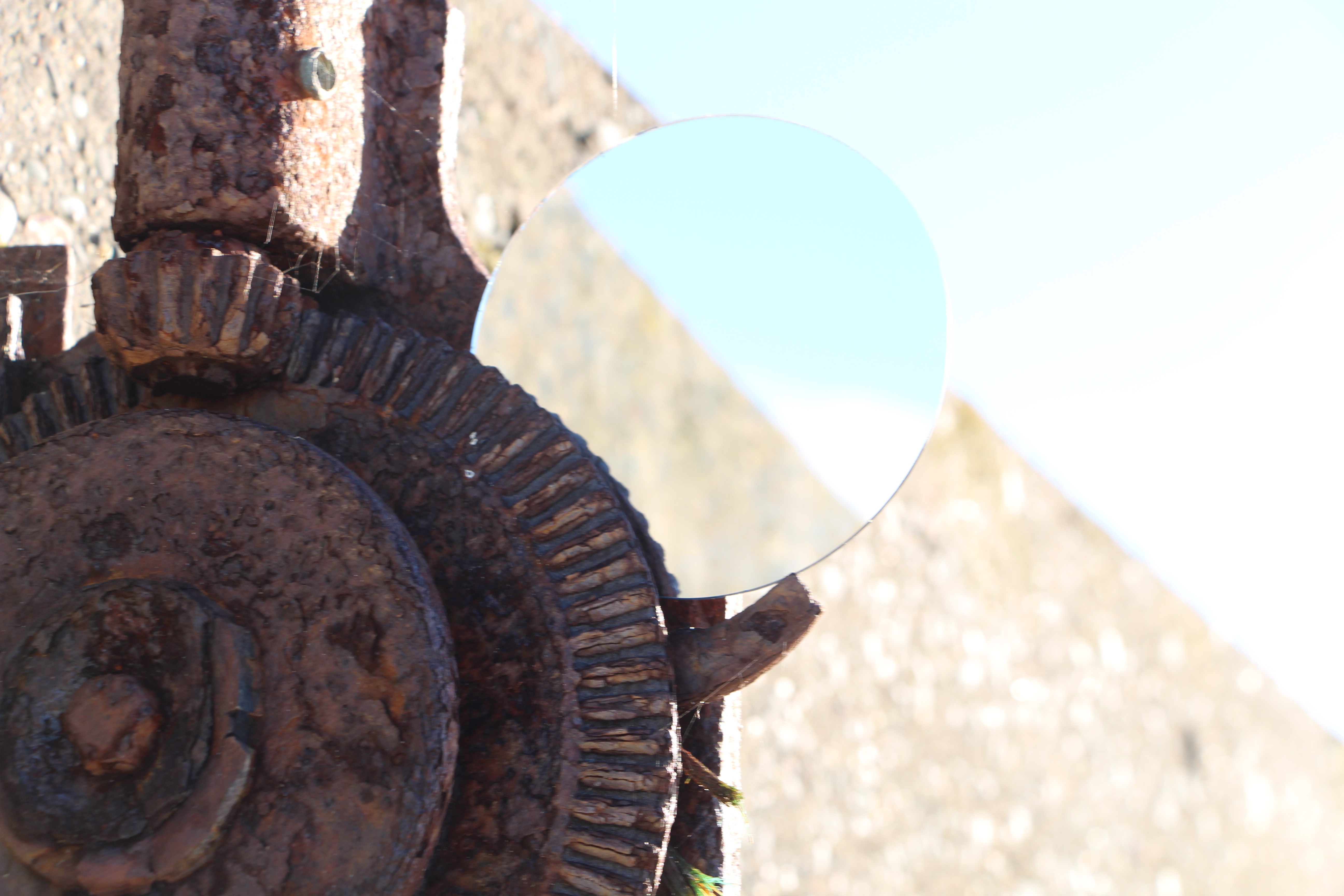Variation
noun
1. A change or slight difference in condition, amount, or level, typically within certain limits.
Synonyms: difference, dissimilarity, disparity, inequality, contrast, discrepancy, imbalance, differential, distinction
2. A different or distinct form or version of something.
Synonyms: variant, form, alternative, other form, different form, derived from, development, adaptation, alteration, modification, revision, revised version
Similarity
noun
-
the state or fact of being similar.
-a similar feature or aspect.
Synonyms: resemblance, likeness, sameness, similar, correspondence, comparison, analogy, parallel, equivalence, interchangeability, closeness, nearness, affinity, agreement, indistinguishability, uniformity, community, kinship
Key Words:
- Contrast
- Distinction
- Alternative
- Modification
- Revised version
- Resemblance
- Comparison
- Repetition
- Parallel
- Closeness
- Agreement
- Community

Texture

Texture photography stands out from different types of this medium as the focus of photographers is put on the textural aspect of it. The quality of each photo is measured by its impact, and this type of photography can be defined as imagery which impact depends on the texture of the represented subject.
Texture can stand for surface irregularities or small forms on a surface that are sometimes rendered visible through the optical enlargement of details. While the aim of each photo is to attract the attention of the viewers, this could be achieved through the emphasis of different elements such as color, leading lines, dramatic scenery, or in this case texture.
Three sub-types of texture photography can be defined through the use of terms detail, information, and drama. In the first, interesting details on the surface of an object are of primary concern for the photographer, drama relies on the dramatic effects, as the term itself suggests, and for information it is important to select what info is communicated through the photo and to make a compositional decision that would best bring it out.
Patterns and Shadows

Filling the frame with a repetitive pattern can give the impression of size and large numbers. The key to this is to attempt to zoom in close enough to the pattern that it fills the frame. Patterns can be found virtually anywhere, although some of the easiest ones to identify occur in nature. Architectural design offers a great source of patterns, especially in mirrored high-rise buildings. Compositional considerations such as the Rule of Thirds, leading lines, balance, and framing usually don’t apply when shooting patterns.
The other common use of repetition in photography is to capture the interruption of the flow of a pattern. Broken repetition might include adding a contrasting object (color, shape, texture) or removing one of the repeating objects.
Body and Patterns
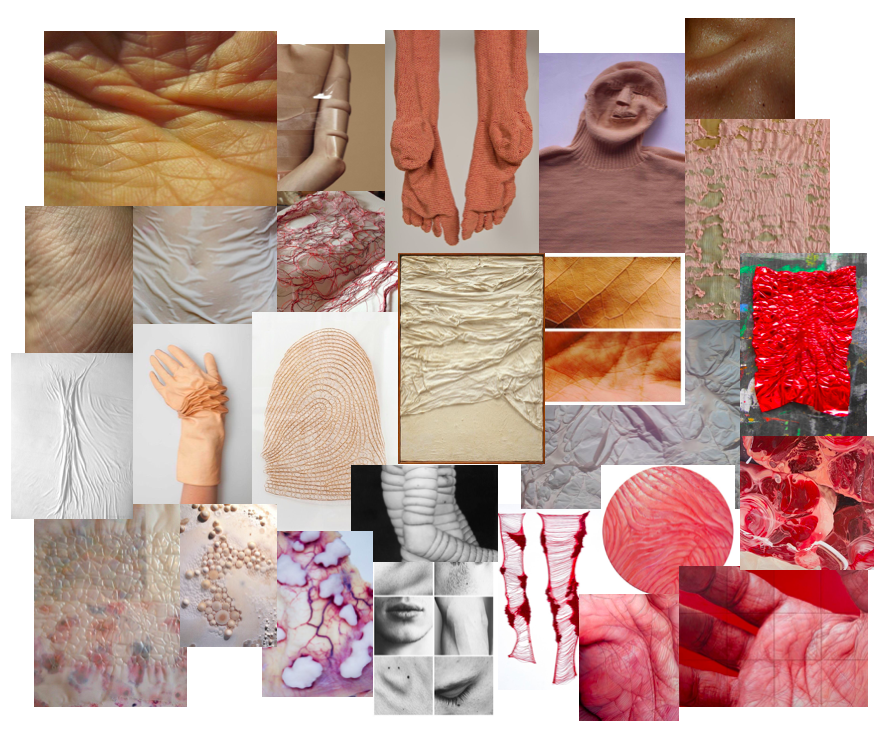
The human body is central to how we understand facets of identity such as gender, sexuality, race, and ethnicity. People alter their bodies, hair, and clothing to align with or rebel against social conventions and to express messages to others around them. Many artists explore gender through representations of the body and by using their own bodies in their creative process. Portraying body and pattern could challenge the notion that the female in art is an”object,” rather than its, subject, viewer, or creator.
The 1960s and 1970s were a time of social upheavals in the United States and Europe, significant among them the fight for equality for women with regards to sexuality, reproductive rights, the family, and the workplace. Around this time, the body took on another important role as a medium with which artists created their work. In performance art, a term coined in the early 1960s as the genre was starting to take hold, the actions an artist performs are central to the work of art. For many artists, using their bodies in performances became a way to both claim control over their own bodies and to question issues of gender.
